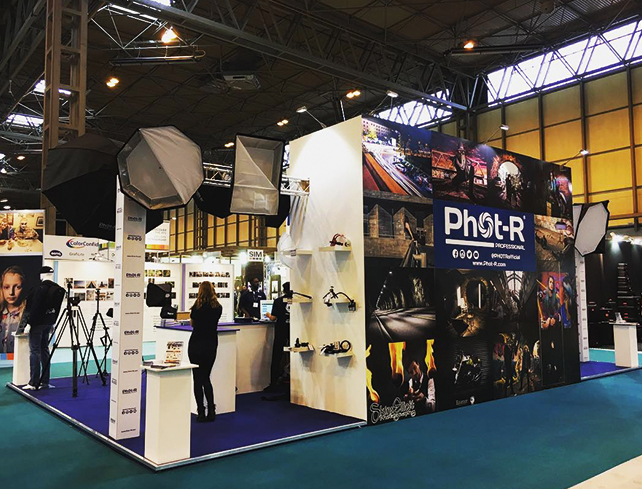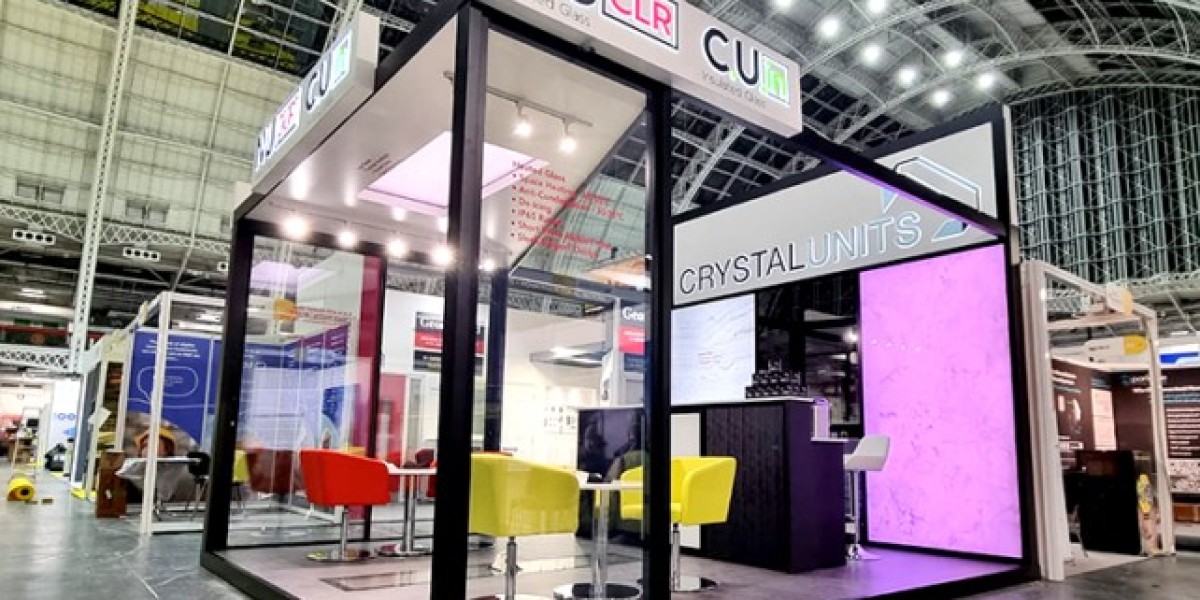Exhibiting at trade shows can be exciting but also costly and time-consuming, especially when each event calls for a different setup. If you’ve ever wished for a flexible solution, a reconfigurable bespoke exhibition stand might be the answer. Designed to adapt to various layouts, themes, and spaces, these stands help you avoid starting from scratch every time. In this blog, we’ll explore how to create a reconfigurable stand that delivers impact across multiple shows—whether within an exhibition stand shell scheme or a custom layout—while saving you time, money, and stress.
What Is a Reconfigurable Exhibition Stand?
A reconfigurable exhibition stand is one that’s designed to be adjusted, resized, and reused across multiple events. It uses modular components that can be moved or swapped around depending on the space, type of show, or message you want to share.
Unlike a fixed stand that only works for one setup, a reconfigurable stand gives you the freedom to tailor your display to different exhibition stand shell scheme sizes, themes, and audience needs. When done right, this approach allows businesses to maintain a professional and consistent brand presence without overspending on new builds every time.
There are three common types of exhibition stands:
- Modular stands – Made from interchangeable parts.
- Bespoke exhibition stands – Custom-built to suit your brand, but can still be made flexible.
- Hybrid stands – A mix of both, offering both personalisation and adaptability.
For businesses attending several shows a year, a reconfigurable bespoke stand offers the perfect balance between uniqueness and practicality.

Key Components That Make a Stand Reconfigurable
Designing a reconfigurable stand starts with choosing the right elements. Here are some important components that help make your stand flexible and future-proof:
1. Modular Frameworks
Aluminium structures and magnetic panels are great because they can be expanded, rearranged or downsized to suit different floor spaces. These systems are easy to transport and assemble, making them ideal for teams working multiple shows.
2. Interchangeable Graphics
Using graphic panels that can be swapped depending on the audience or event theme is essential. Fabric graphics or Foamex panels are lightweight and easy to update without changing the whole setup.
3. Adjustable Lighting
Lighting elements should be built-in but adjustable. Spotlights, LED strips, or overhead lighting should all be movable depending on the shape and focus points of your stand.
4. Flexible Accessories
Things like counters, brochure holders, and shelving units should be detachable. Choose elements that can work in different layouts, whether you're exhibiting on a corner plot or within an exhibition stand shell scheme.
By building your stand with these adaptable features in mind, you’ll be prepared to face any layout challenges at future events.
Smart Design Choices for Multi-Show Flexibility
The key to a reconfigurable bespoke exhibition stand is its ability to scale. That means it should work just as well in a compact 3m x 3m space as it does in a larger 6m x 6m plot. Here’s how to achieve that:
1. Plan for Different Layouts
Design your stand to fit both linear and island-style layouts. That way, you can easily fit into a shell scheme or a more open-plan setup.
2. Use a Neutral Base with Custom Accents
Stick to a strong, neutral base design that fits any theme, then add removable branding elements or visuals tailored to each event.
3. Invest in Tech-Ready Design
Use built-in options for digital screens, charging points, or tablet stands. Tech zones should be easily movable, not fixed to one specific wall or corner.
4. Think Vertical
When space is limited, go up. Add tall branding towers or display panels that rise above other stands, especially helpful in busy shell schemes.
5. Create Hidden Storage
Stands that double as storage units help reduce clutter and allow quick setup and takedown. Use counters with internal storage, pull-out drawers, or hidden shelves.
Planning your design around flexibility from the beginning will help you avoid costly rebuilds and reduce the amount of equipment you need to transport.
Logistics: Portability and Setup Made Easy
Beyond good design, a reconfigurable stand should also be easy to transport and set up. That’s where logistics comes in.
Lightweight Materials
Choose materials like aluminium frames, fabric graphics, or lightweight plastics that can be flat-packed and carried easily. These not only reduce shipping costs but also allow your team to assemble the stand themselves if needed.
Flat-Pack and Stackable Storage
Your stand should fit into compact storage cases or crates, ideally with wheels for transport. Keeping your setup neat and stackable will also extend its lifespan and make storage simpler between shows.
Clear Labelling
If you’re using a stand across multiple events, clearly label each component and create a setup guide. This reduces confusion and setup time, especially if you're rotating staff.
Being efficient with logistics not only helps during show setup but also reduces wear and tear over time.
Examples of Reconfigurable Stands in Action
Let’s take a practical look. A small tech startup might begin with a 3m x 3m shell scheme layout and build a modular stand using lightweight frames, Velcro graphics, and a collapsible counter. As they grow and attend larger shows, they can add new panels and display features to the original frame, keeping the same structure but enhancing the visuals and presence.
Similarly, a beauty brand could use bespoke exhibition stands with interchangeable front panels showing different products based on the event—skincare for wellness expos, makeup for beauty fairs—all while keeping the same base stand design.
This approach has helped many brands cut costs by up to 40% over a full exhibition season, all while maintaining a high-quality, professional appearance.

When to Reuse, and When to Refresh
A reconfigurable stand gives you freedom, but you’ll still need to refresh certain elements to stay relevant and engaging.
Reuse:
- Main structure and frame
- Flooring
- Lighting systems
- Storage units
Refresh:
- Graphics and branding visuals
- Promotional content (brochures, digital displays)
- Interactive zones or product showcases
Knowing when to refresh and when to reuse will keep your stand looking fresh without rebuilding everything from the ground up.
Final Thoughts: Invest in Smart Design from the Start
Creating a reconfigurable bespoke exhibition stand is a smart choice for any exhibitor. Whether confined to a shell scheme or given creative freedom, a flexible stand saves time, cuts costs, and keeps your brand looking sharp at every event. With clever design, built-in storage, and easy-to-refresh features, your stand becomes a long-term asset, not a one-time setup. At Sign Company London, we specialise in designing bespoke exhibition stands that adapt to your evolving needs. Planning your next exhibition calendar? Speak to our expert team and build a stand that grows with your brand.



